
THE EVERYTHING CHINESE COOKBOOK
From Wonton Soup to Sweet and Sour Chicken 300 succulent recipes from the Far East
Rhonda Lauret Parkinson

Copyright 2003, F+W Publications, Inc.
All rights reserved. This Book, or parts thereof, may not be reproduced in any form without permission from the publisher; exceptions are made for brief excerpts used in published reviews.
An Everything Series Book.
Everything and everything.com are registered trademarks of F+W Publications, Inc.
Published by Adams Media, an F+W Publications Company 57 Littlefield Street, Avon, MA 02322 U.S.A. www.adamsmedia.com
ISBN 13: 978-1-58062-954-6 (paperback)
ISBN 13: 978-1-60550-525-1 (EPUB)
ISBN 10: 1-58062-954-7
Printed in the United States of America.
J I H G F
Library of Congress Cataloging-in-Publication Data
Lauret Parkinson, Rhonda.
The everything Chinese cookBook / Rhonda Lauret Parkinson.
p. cm.
(An everything series Book)
ISBN 1-58062-954-7
ISBN 13: 978-1-60550-525-1 (EPUB)
1. Cookery, Chinese. I. Title. II. Series: Everything series
TX724.5.C5L3767 2003
641.5951 dc21
2003004469
This publication is designed to provide accurate and authoritative information with regard to the subject matter covered. It is sold with the understanding that the publisher is not engaged in rendering legal, accounting, or other professional advice. If legal advice or other expert assistance is required, the services of a competent professional person should be sought.
From a Declaration of Principle jointly adopted by a Committee of the American Bar Association and a Committee of Publishers and Associations
Many of the designations used by manufacturers and sellers to distinguish their products are claimed as trademarks. Where those designations appear in this Book and Adams Media was aware of a trademark claim, the designations have been printed with initial capital letters.
This Book is available at quantity discounts for bulk purchases. For information, call 1-800-289-0963.
The  Series
Series
Editorial
| Publishing Director | Gary M. Krebs |
| Managing Editor | Kate McBride |
| Copy Chief | Laura MacLaughlin |
| Acquisitions Editor | Bethany Brown |
| Development Editor | Julie Gutin |
| Production Editor | Khrysti Nazzaro |
Production
| Production Director | Susan Beale |
| Production Manager | Michelle Roy Kelly |
| Series Designers | Daria Perreault Colleen Cunningham |
| Cover Design | Paul Beatrice Frank Rivera |
| Layout and Graphics | Colleen Cunningham Rachael Eiben Michelle Roy Kelly Daria Perreault Erin Ring |
| Series Cover Artist | Barry Littmann |
Visit the entire Everything Series at everything.com
The  Chinese Cookbook
Chinese Cookbook
Dear Reader,
My introduction to Chinese food came in the 1960s a time when chop suey and egg rolls were considered exotic. But there was something about Chinese food that transcended the overly sweet sauces found at the town's only Chinese restaurant.
My love affair with Chinese cooking really took off when I had the good fortune to work with a group of women who recently emigrated from Hong Kong. On weekends we toured Asian markets together, and they introduced me to the delights of a dim sum brunch. During this time I became intrigued both with Chinese food and its symbolic importance in Chinese culture.
Today, Chinese cooking has never been more popular. A search local supermarket, often takes you no farther than the for ingredients are readily available, and vegetables paste and hoisin sauce cabbage in where home-cooked chili as amaranth share space with the exotic names such with practice, it's easy to prepare section. With a little healthful. I enjoyed putting the produce and Chinese dishes that are tasty my wok to use preparing the recipes for this Book. I hope they provide you with a helpful introduction to the fascinating world of Chinese cuisine.

Contents
Dedication
To my parents: a great cook and a great writer.
Introduction
 WHAT MAKES CHINESE CUISINE SO APPEALING? Restaurant classics such as Mu Shu Pork and Kung Pao Chicken captivate our senses. Even an order of the ubiquitous Chicken Balls with Sweet-and Sour Sauce from the local Chinese takeout has its own special appeal.
WHAT MAKES CHINESE CUISINE SO APPEALING? Restaurant classics such as Mu Shu Pork and Kung Pao Chicken captivate our senses. Even an order of the ubiquitous Chicken Balls with Sweet-and Sour Sauce from the local Chinese takeout has its own special appeal.
What is it that makes Chinese food so special? It's not the exotic vegetables and seasonings a skilled chef can prepare a meal that epitomizes the best of Chinese cooking using only native ingredients. It's not the equipment, either. Many tasty stir-fries have been born in a frying pan instead of a wok.
The true secret to Chinese cuisine lies in a harmonious blending of flavors, textures, and colors. Take Basic Sweet-and-Sour Pork (page 139), for example. The sweet and sour flavors balance each other nicely, and the reddish sauce provides a nice contrast to the pineapple and green bell peppers.
This characteristic isn't limited to entres, either. The same satisfying balance can be found in many Chinese dishes, such as Wonton Soup (page 54), where pork-filled wonton wrappers are swimming in a rich broth.
So, why aren't more people stir-frying noodles and boiling dumplings? A common misconception is that it takes a skilled chef working with state-of-the-art equipment to prepare good Chinese food. Fortunately, that's not true. Stir-frying, steaming, and deep-frying the three primary Chinese cooking techniques are all easily mastered with practice.
Another common complaint is that the recipes are too complex, taking too long to make. The sight of a lengthy ingredient list can be a little daunting. But on closer inspection you'll find that many of the ingredients go into preparing a marinade or sauce. Subtract those, and the basic recipe is frequently quite simple.
As for time involved, most of the work lies in preparation. Time spent actually cooking can be mere minutes, especially if you're stir-frying. And once you've cooked a few dishes you'll find yourself falling into a routine cutting vegetables while the meat is marinating, preparing a sauce while waiting for the oil to reach the required temperature for deep-frying. Other handy time-savers include washing vegetables in the morning giving them all day to dry and marinating meat ahead of time and refrigerating it until you're ready to cook.
What are the pluses of cooking Chinese food at home? Besides the obvious advantage to your wallet, it's often healthier than restaurant fare, since you control the fat and calorie count. You can let your own creativity come into play, adjusting a recipe to add favorite foods or seasonal local ingredients. Cooking Chinese food at home also allows you to modify a recipe to suit your family's tastes; substituting parsley for cilantro, for example.
Next page

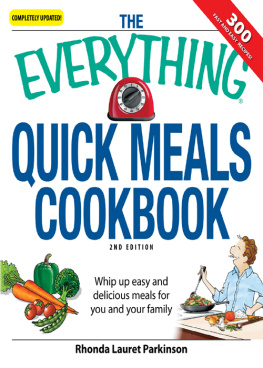


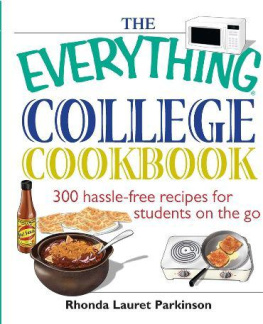

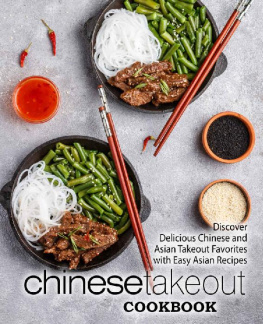
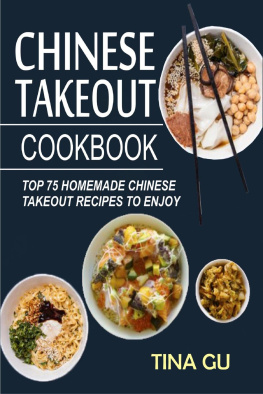
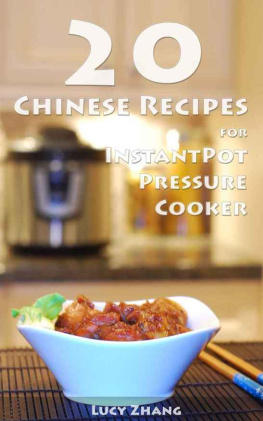
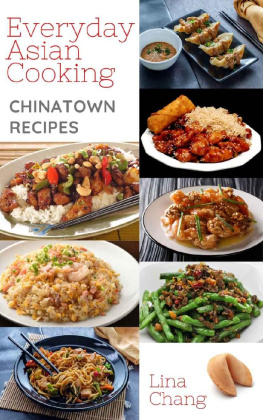
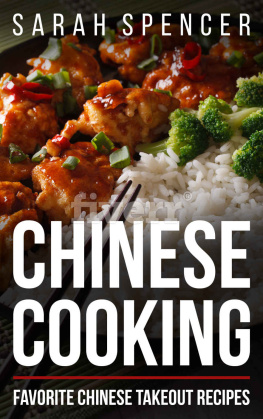
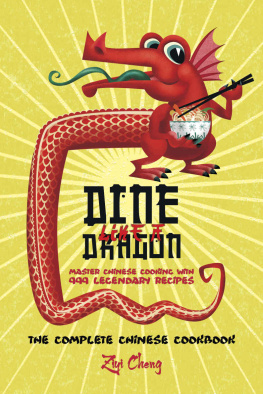

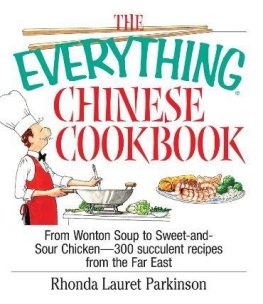



 Series
Series
 WHAT MAKES CHINESE CUISINE SO APPEALING? Restaurant classics such as Mu Shu Pork and Kung Pao Chicken captivate our senses. Even an order of the ubiquitous Chicken Balls with Sweet-and Sour Sauce from the local Chinese takeout has its own special appeal.
WHAT MAKES CHINESE CUISINE SO APPEALING? Restaurant classics such as Mu Shu Pork and Kung Pao Chicken captivate our senses. Even an order of the ubiquitous Chicken Balls with Sweet-and Sour Sauce from the local Chinese takeout has its own special appeal.